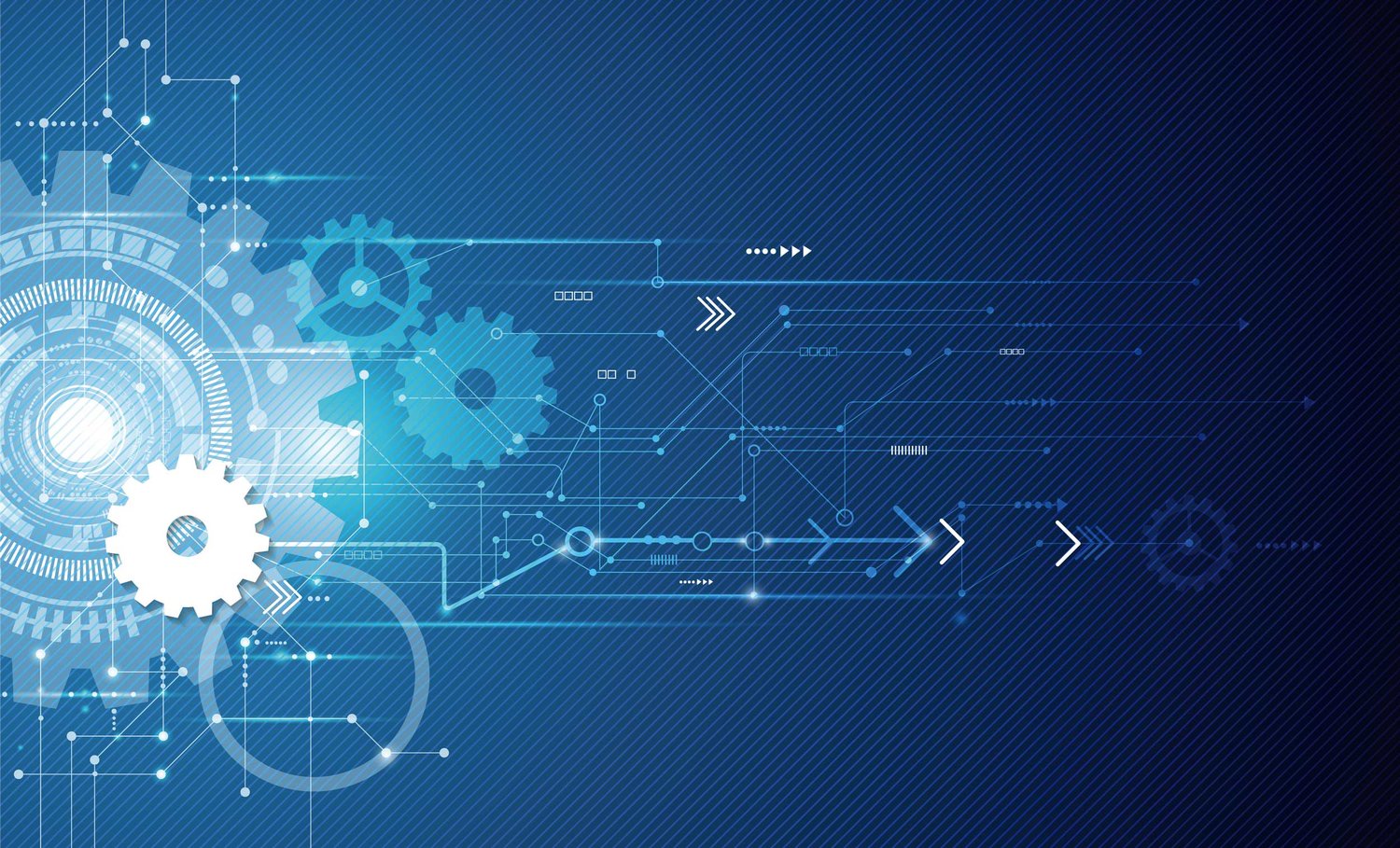
By definition, technical translations involve the translation of documents produced with the end user or the reader of technical writings in mind. Owner’s manuals, instruction leaflets, flowcharts, user guides, descriptions, even memos, are all examples of technical writing.
Technical writing aims to convey information on how to complete a task, interact with an object, or integrate a new procedure. A good piece of technical writing can also keep a reader safe, for example, if they were reading about how to use a piece of heavy machinery.
But more specifically, a technical translation deals with the translation of texts related to technological subjects and topics, or which deal with the practical application of scientific and technological information.
The presence of specific terminology is an essential feature in technical documents, but specialized vocabulary alone is not sufficient to classify a text as ‘technical’ since numerous disciplines, as well as subjects, which are nontechnical, may also contain language that can be regarded as specialized terminology.
Finding a translation team with linguistic skills, pro subject matter expertise and in-depth cultural knowledge necessary for a successful technical translation can seem quite a daunting task.
The good news is it doesn’t have to be any longer.
ACED’s technical translation service covers the translation of all kinds of specialized texts while meeting the demands of high-level subject knowledge, ensuring mastery of relevant terminology, and adherence to writing conventions.
We fully understand that when we translate technical texts for our clients, accuracy is crucial. Our team of trained technical translators is skilled in the localization of content while our proven translation process provides quality assurance, on task, and within budget.
ACED also appreciates the fact that any translation process has to be based on universal understanding. And that’s why we thoroughly research fundamental cultural similarities and differences BEFORE we prepare a technical document for translation.
Our services focus on avoiding expressions or idioms, ambiguous statements, and restrictive details.
We follow a similar process when incorporating client’s images, symbols, and icons within a text. As a rule of thumb we double-check our work to make sure design elements are universal, accurate and appropriately linked back to its source.
